My friend Stefan Beck, owner of a typewriter museum, has purchased a rare Hagelin encryption machine. Does a reader know, why it looks different from other devices of the same model?
Boris Hagelin (1892-1983), a Swedish business man who emigrated to Switzerland in the 1950s, was the only constructor of encryption machines who ever became rich with his designs.
However, Hagelin’s beginnings were difficult. In 1925, he took over a Swedish company producing cipher machines founded by Arvid Damm, an ingenious enigineer, who became his partner. When Damm died in 1927, Hagelin had to continue alone. After about a decade without major revenues, Hagelin finally managed to sell several hundred copies of his B-211 cipher machine to the French army. This was the break-through.
Hagelin’s most successful designs were the so-called C-machines, which were sold to customers all over the world from the 1930s until the 1950s. The most important C-machines were the M-209 (used by the US Army during the Second World War) …
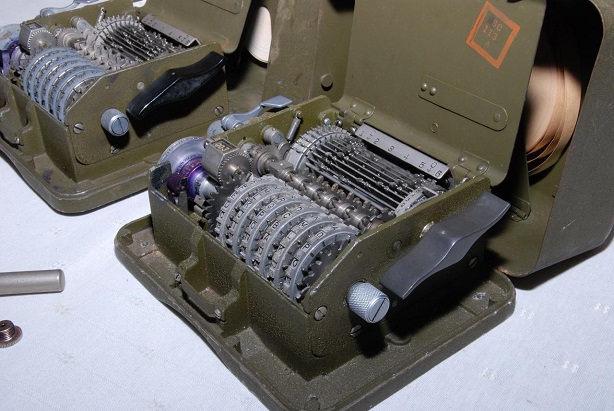
Crypto Museum, used with permission
… and the CX-52, which was the most important encryption machine of the early Cold War.
My friend Stefan Beck, who owns a marvelous typewriter museum in Pfäffikon, Switzerland, has recently purchased a copy of the earliest C-machine, the C-35. This machine is very rare. One of the few other copies known to exist is described on the Crypto Museum website operated by my friends Paul Reuvers and Marc Simons. Stefan has provided me a number of photographs of his device.
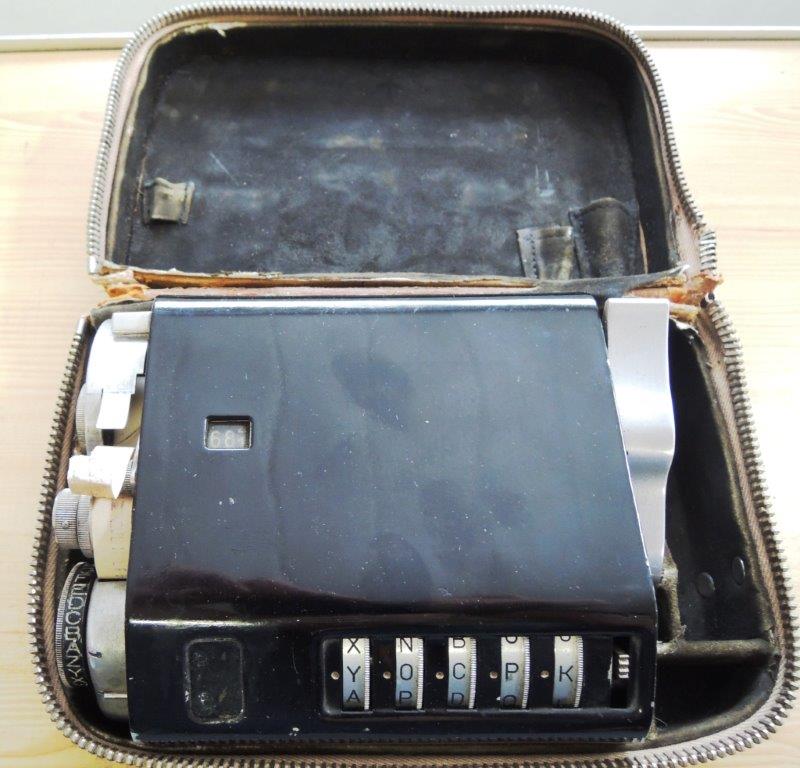
Beck Schreib− und Büromaschinenmuseum, used with permission
The C-35 had three different keys: the letter combination indicated by the five wheels on the front, the statuses of the notches on these wheels (activated or deactivated), and the position of the slides on the bar wheel (these slides were fixed, but different machines may have contained different bars; later C-machines provided movable slides). The notch statuses and slide positions were long-term keys.
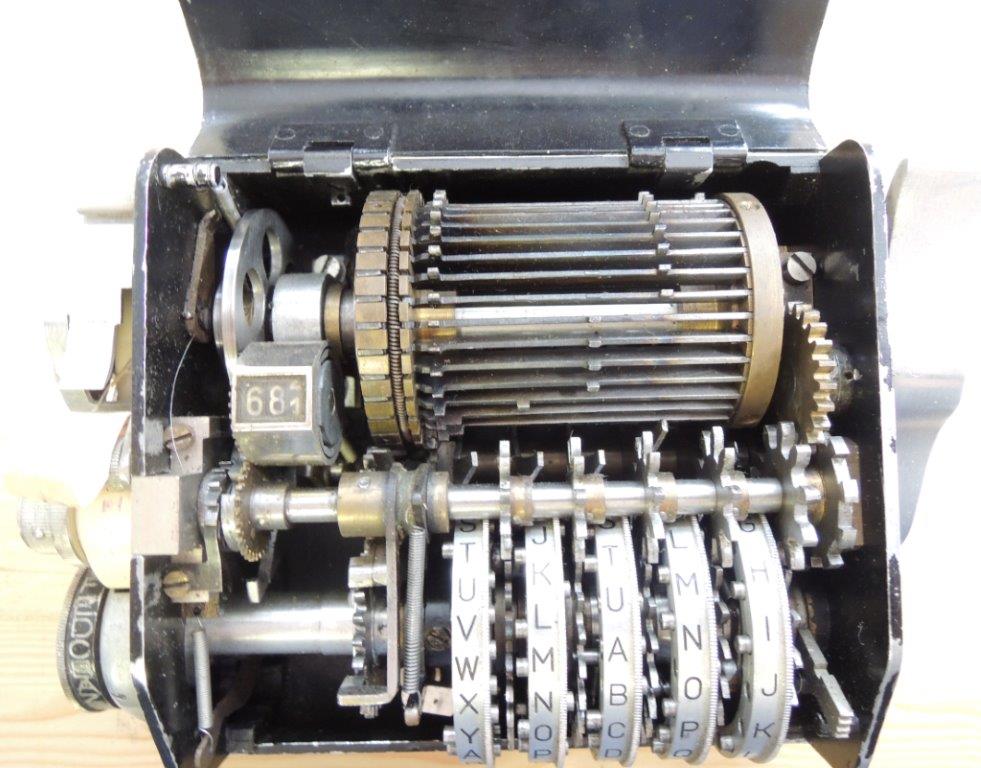
Beck Schreib− und Büromaschinenmuseum, used with permission
Contrary to the Enigma, the C-35 didn’t have a keyboard. Instead, each letter had to be entered with a wheel that had to be adjusted in one of 26 positions. This wheel can be seen on the right on the following picture:
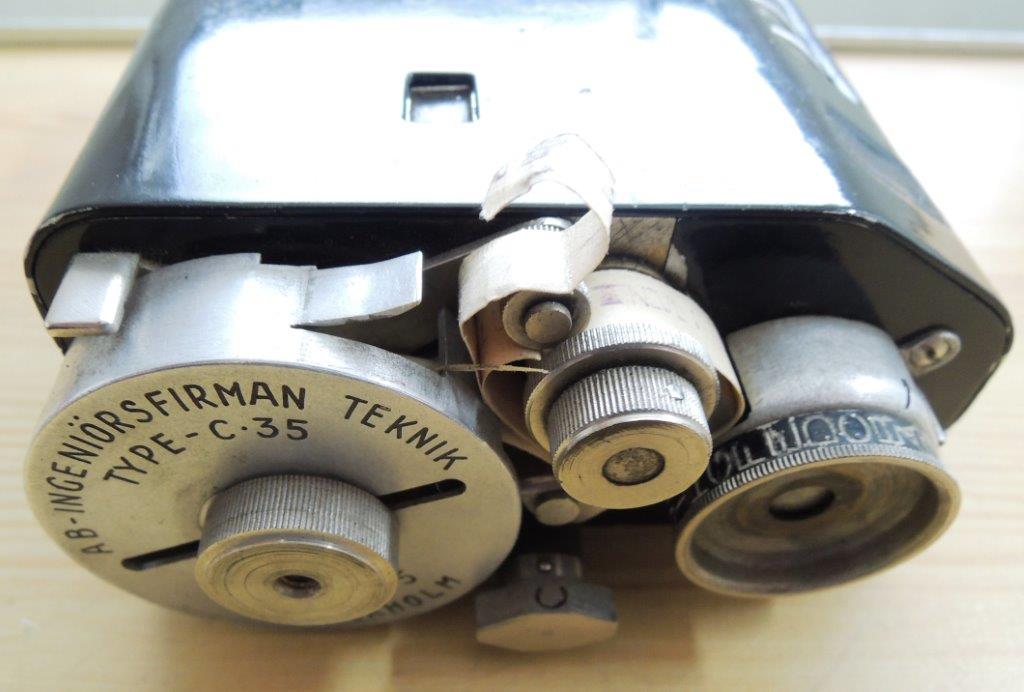
Beck Schreib− und Büromaschinenmuseum, used with permission
Once the wheel indicated the letter that was to be encrypted, the operator of the machine had to turn the lever (next picture), then the ciphertext letter was printed on the paperstrip, which can be seen on the picture above.
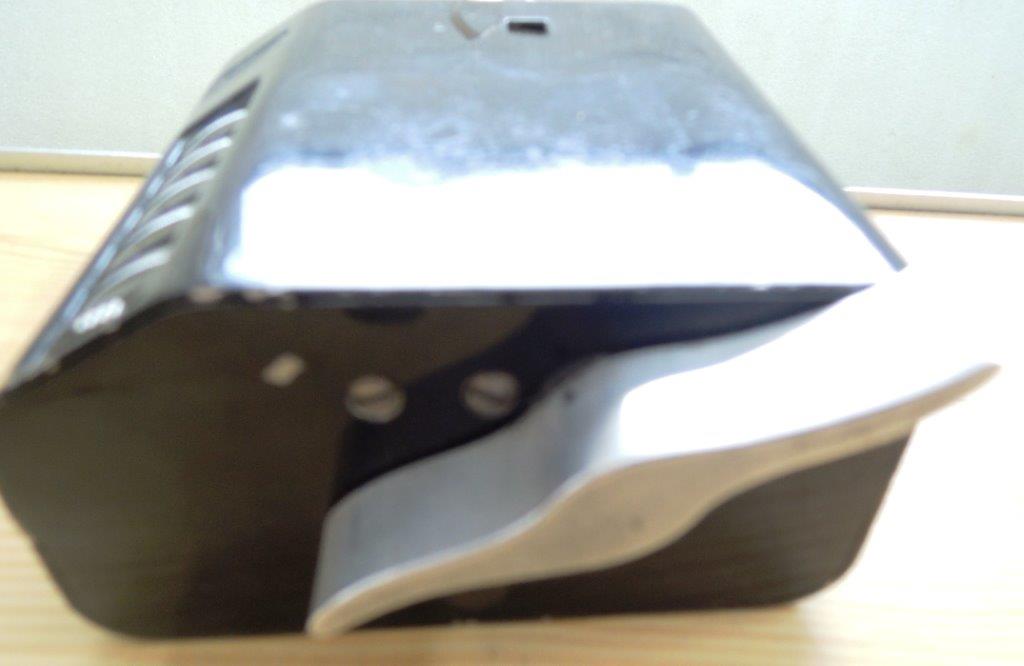
Beck Schreib− und Büromaschinenmuseum, used with permission
The C-35 is mentioned in many publications about Hagelin and his company (e.g., in my book Codeknacker gegen Codemacher). The C-35 was initially developed for the French Army, who wanted a cipher machine that would fit into the pocket of a soldier’s uniform. So, they gave Hagelin a piece of wood that indicated the maximum size.
Apart from this, little seems to be known about the C-35. Stefan Beck and I especially wonder why Stefan’s device (serial number 575) looks a little different from the one described on the Crypto Museum website (serial number 593). The most obvious difference is that Stefan’s machine doesn’t have a lock. The lock was used to prevent a user of the device from changing and seeing the long-term keys (though the notch statuses might also have been visible when the case was closed). A disadvantage of the lock certainly was that the (physical) key had to be available in order to change the (logical) long-term keys.
Does a reader have additional information about the Hagelin C-35? Does anybody know why there were two (or even more) variants?
Follow @KlausSchmeh
Further reading: Top 50 cryptogram solved!
Linkedin: https://www.linkedin.com/groups/13501820
Facebook: https://www.facebook.com/groups/763282653806483/

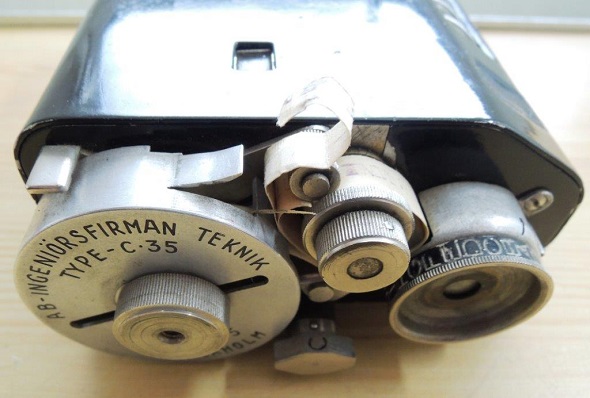
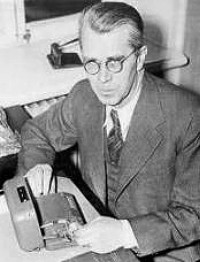

Kommentare (7)